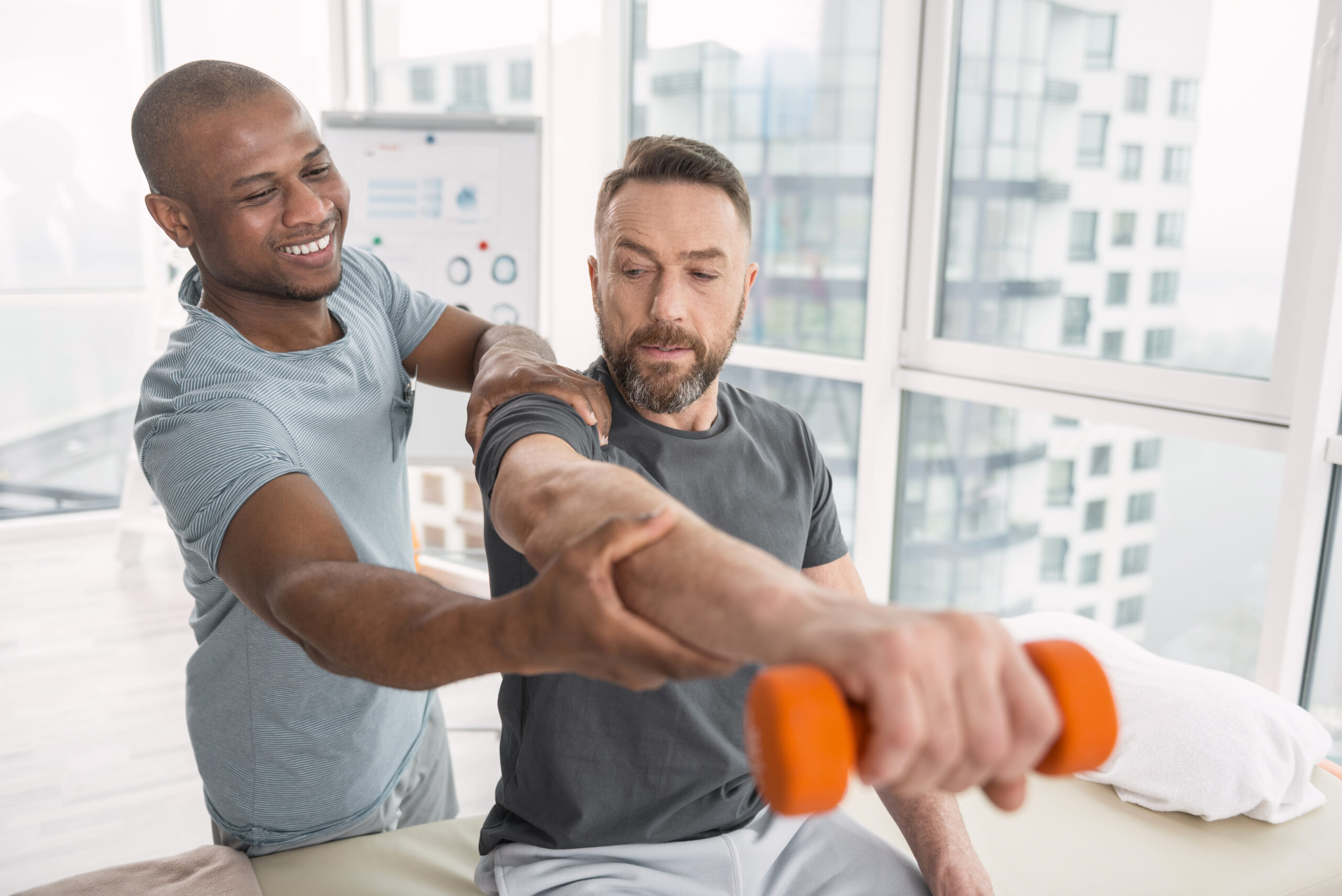Effective Approaches for Alleviating Breathlessness in Physical Rehabilitation Sessions
Breathing difficulties, or trouble respiration, is a common issue that many people face, especially those with chronic lung diseases, heart issues, or other health conditions. In rehabilitation therapy appointments, addressing dyspnea is crucial for helping clients enhance their overall standard of life. By employing specific methods and strategies, physical therapists can assist patients in managing their breathing difficulties. Grasping these efficient methods can enable both therapists and patients to collaborate together more effectively in overcoming challenges related to dyspnea.One of the primary techniques used to alleviate breathing difficulties in physical therapy is the practice of controlled breathing exercises. These exercises often focus on abdominal breathing, which promotes patients to use their breathing muscle rather than their upper thoracic muscles when inhaling. This approach helps to maximize lung capacity and effectiveness. Additionally, pursed lip breathing is another technique that can be helpful. This method involves inhaling through the nose and exhaling slowly through compressed lips, which can assist to keep airways clear longer and render breathing feel easier. By incorporating these activities into therapy appointments, physical therapists can provide patients with strategies to control their dyspnea both during and outside of their appointments.
Another important element of managing dyspnea in physical therapy is the creation of an individualized exercise program. Customizing exercises to meet the individual needs and capabilities of each patient is crucial. Therapists should slowly integrate aerobic exercises, such as walking or biking, in a controlled manner, allowing patients to build their endurance over a period. This incremental approach helps patients to feel more at ease with fitness activity while simultaneously improving their lung function and overall endurance. It is important for therapists to monitor patients closely during these activities to make sure they are not overexerting themselves, which could result to increased difficulty of breath.
Teaching also plays a significant role in alleviating breathing difficulties during physical therapy appointments. Providing patients with information about their condition and the factors behind breathing difficulties can empower them to take charge of their health. Therapists can describe how elements like anxiety, posture, and environmental conditions can affect breathing. By comprehending these ideas, patients can learn to manage physical therapy for post traumatic stress disorder their issues more efficiently. Techniques such as stress reduction strategies and proper body mechanics can further assist in reducing the effects of dyspnea during daily activities and therapy appointments.
In summary, successfully alleviating dyspnea in physical therapy appointments involves a mix of breathing exercises, individualized exercise regimens, and patient teaching. By applying these effective approaches, physical therapists can assist patients control their respiratory difficulties and improve their overall well-being. Collaboration between therapists and patients is essential to create customized interventions that meet specific needs. With the right support and techniques, patients can experience comfort from breathing difficulties and participate more fully in their physical therapy journey, ultimately leading to a better standard of life.
